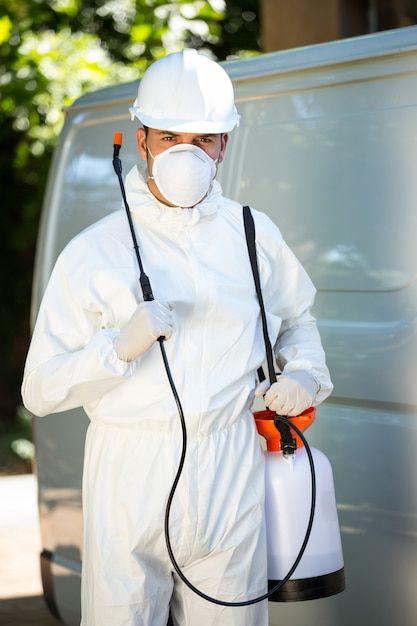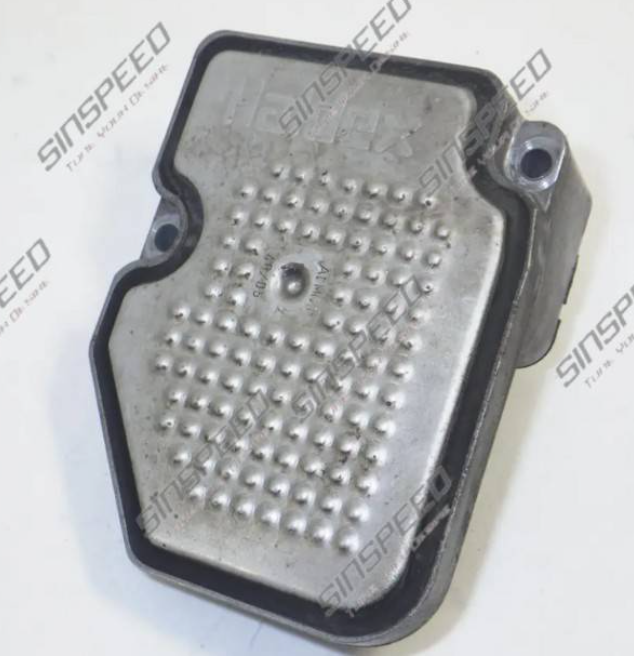The Ultimate Guide to Effective Pest Control in Urban Environments

Introduction
Cities are vibrant, bustling hubs of culture, business, and community. However, urban environments also create the perfect conditions for pests to thrive. With tightly packed housing, abundant food sources, and constant human activity, pests such as rodents, cockroaches, ants, and bedbugs find urban settings highly suitable for survival. Managing these pests is essential not only for protecting property but also for maintaining public health. This guide explores the most effective pest control strategies in urban areas, examining prevention, treatment, and long-term management solutions.
Why Pest Control Is Critical in Urban Areas
Urban pests are more than just a nuisance. They carry diseases, damage property, and impact quality of life. Rodents can chew through wiring and insulation, cockroaches spread allergens, and bedbugs disrupt sleep and well-being. Left unchecked, these infestations can spread quickly across apartment complexes, schools, and businesses, making professional intervention vital.
Moreover, in cities with aging infrastructure, pests often find entry points through cracks, drains, and poorly sealed structures. Without consistent control measures, infestations can become recurring problems that require extensive treatment.
Common Pests Found in Cities
Rodents
Mice and rats are some of the most prevalent urban pests. They thrive in sewer systems, basements, and garbage collection areas. Besides property damage, rodents carry diseases such as leptospirosis and salmonella, making their control essential for public health.
Cockroaches
Cockroaches adapt quickly to urban living conditions. They prefer warm, humid areas like kitchens and bathrooms. Beyond being unpleasant, they can worsen asthma and trigger allergies, particularly in children.
Bedbugs
Bedbugs have reemerged in many major cities over the past decade. These pests spread easily through shared laundry facilities, public transportation, and secondhand furniture. Their bites cause itching, anxiety, and sleeplessness, and infestations can be notoriously difficult to eliminate.
Ants
Ant infestations often go unnoticed until they become severe. In search of food, they create trails inside homes and commercial buildings. While not as harmful as rodents or roaches, their presence is disruptive and unhygienic.
Preventive Measures for Pest Management
The first line of defense against urban pests is prevention. By adopting proactive measures, individuals and property managers can significantly reduce the risk of infestations.
-
Sanitation Practices
-
Keep living and working spaces clean.
-
Store food in sealed containers.
-
Dispose of garbage regularly in covered bins.
-
-
Structural Maintenance
-
Seal cracks and holes in walls, doors, and windows.
-
Install door sweeps and repair damaged screens.
-
Maintain plumbing systems to avoid leaks and standing water.
-
-
Community Cooperation
Pest control is most effective when communities work together. Shared spaces like hallways, courtyards, and trash collection points must be monitored collectively. Landlords, tenants, and city services all play crucial roles in ensuring consistent management.
Professional Pest Control Services
While prevention is critical, professional pest control services remain the backbone of effective urban pest management. Licensed technicians use advanced techniques and equipment to identify infestations, apply safe treatments, and provide follow-up support.
Modern pest control goes beyond spraying chemicals. Integrated Pest Management (IPM) emphasizes eco-friendly and sustainable approaches, combining biological controls, habitat modification, and limited chemical use. This strategy not only eliminates current infestations but also prevents future outbreaks.
Mid-Section Concept Integration
In many densely populated areas, especially where buildings are closely connected, localized pest problems can escalate rapidly if not addressed by professionals. For example, when a property owner seeks services like termite treatment the bronx, they often discover that infestations may spread from neighboring properties. This illustrates the interconnected nature of urban pest control: what happens in one building often affects the entire block. Coordinated efforts and timely interventions are therefore essential to safeguard homes, businesses, and public infrastructure.
Eco-Friendly Pest Control Solutions
With growing concerns about environmental sustainability, eco-friendly pest control has gained momentum. These solutions minimize chemical usage while ensuring safety for residents, pets, and the environment.
-
Biological Controls: Using natural predators, such as beneficial insects, to manage pest populations.
-
Botanical Pesticides: Derived from plants like neem and pyrethrum, these alternatives are less toxic than synthetic chemicals.
-
Heat Treatments: Commonly used for bedbugs, heat eliminates pests without relying on harmful chemicals.
-
Education and Awareness: Empowering residents with knowledge about preventive practices creates long-term solutions.
The Role of Technology in Pest Control
Technology is transforming pest management in cities. From digital monitoring systems to smart traps, professionals can now detect and manage infestations more efficiently.
-
Remote Monitoring: Sensors placed in strategic areas can detect pest activity and send real-time alerts to technicians.
-
Data Analytics: Predictive software helps identify high-risk areas based on historical infestations and environmental conditions.
-
Drones and Imaging Tools: Used for inspecting rooftops, large structures, or hard-to-reach areas, ensuring comprehensive treatment.
Challenges in Urban Pest Control
Despite technological advances, urban pest management faces unique challenges:
-
Population Density: High density accelerates the spread of pests.
-
Aging Infrastructure: Older buildings often have gaps, leaks, and hidden cavities ideal for pests.
-
Public Awareness: Many residents are unaware of proper sanitation and prevention practices.
-
Resistance to Pesticides: Overuse of chemicals has made some pest species resistant, requiring innovative approaches.
Best Practices for Residents and Businesses
For Residents
-
Conduct regular inspections of your home.
-
Avoid clutter that can provide hiding spots.
-
Report pest sightings promptly to property managers.
For Businesses
-
Schedule routine pest control services.
-
Train staff on sanitation protocols, especially in food establishments.
-
Keep loading docks, storage areas, and dumpsters secure and clean.
Long-Term Urban Pest Management
Sustainable pest control in urban areas requires long-term planning and collaboration. Municipal governments, pest control companies, and residents must work together to implement city-wide programs.
Cities that invest in education campaigns, sanitation infrastructure, and eco-friendly policies see significant reductions in pest-related issues. By treating pest control as a shared responsibility, communities can create healthier living conditions and preserve property values.
Conclusion
Urban environments may provide the perfect breeding grounds for pests, but effective control strategies can keep infestations at bay. From preventive practices and professional services to eco-friendly methods and technology-driven solutions, pest control in cities requires a multifaceted approach. Whether addressing rodents in apartment buildings, cockroaches in commercial kitchens, or termites in older housing structures, consistent management ensures safety, hygiene, and peace of mind for all residents.
By adopting proactive measures and supporting community-wide efforts, city dwellers can overcome the challenges of urban pest infestations and create cleaner, healthier spaces for generations to come.







